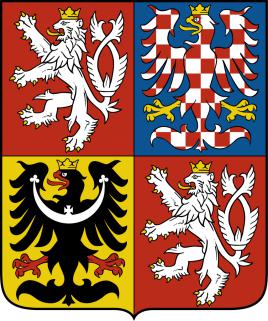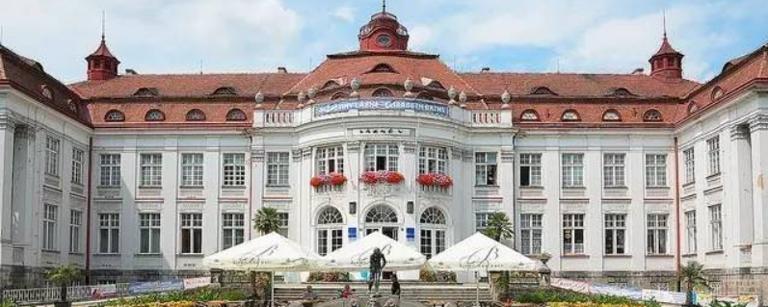

Czech Republic: the Czech Republic is a land locked country in Central Europe with a land area of 78866 square kilometers, its predecessor was Czechoslovakia, which was separated peacefully from Slovakia in 1993. In terms of the international address of Czech Republic, although it is customary for English to use Czech Republic, in fact, in an official document published in 1993, the Czech Ministry of foreign affairs asked countries in the world to refer to Czechia (relative to Česko in Czech) to address Czechia Republic is reserved for use as an official document with the international code CZ.
Czech Republic was listed as a developed country by the world bank in 2006. Among the Eastern European countries, the Czech Republic has a high level of human development index. It is also a member of the European Union and NATO.
Czech Republic is adjacent to Slovakia in the East, Austria in the south, Poland in the north and Germany in the west, covering an area of 78866 square kilometers, including 77276 square kilometers of land area and 1590 square kilometers of water area. It consists of Bohemia, Moravia and Silesia.
The Czech Republic is located in the quadrilateral Czech basin with three uplifts, and the land is fertile. In the north are Karkonosze mountains, in the south are Sumava mountains, and in the East and southeast are the Czech Moravian plateau with an average altitude of 500-600 meters. Most of the areas in the basin are below 500 meters above sea level, including the Labe River Plain, the Bilson basin, the Erzgebirge piedmont basin and the lakes and marshes of the southern Czech Republic. The Vltava River is the longest and flows through Prague. The Elbe River originates from the Labe River in Czechoslovakia and is navigable.
Czech Republic is rich in lignite and hard coal resources, of which the reserves of lignite and hard coal are about 13.2 billion tons, ranking third in the world and fifth in Europe respectively. The reserves of oil, gas and iron ore are very small, and they are basically dependent on imports. Other mineral resources include uranium, manganese, aluminum, zinc, fluorite, graphite and kaolin.
There are large hydropower stations on the Vltava River.
Czech is rich in forest resources, covering an area of 2.655 million hectares, with a forest coverage rate of 34%, accounting for about 1/3 of the total national area, ranking 12th in the European Union. The main tree species are spruce pine, fir, oak and beech.
